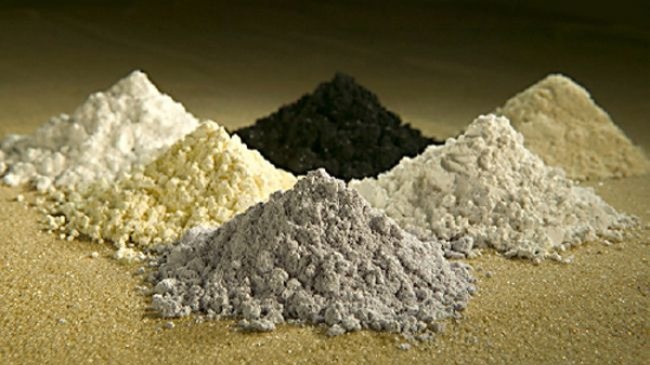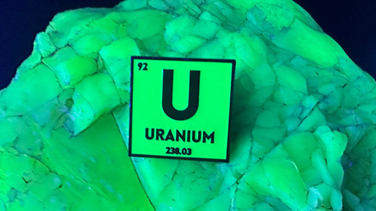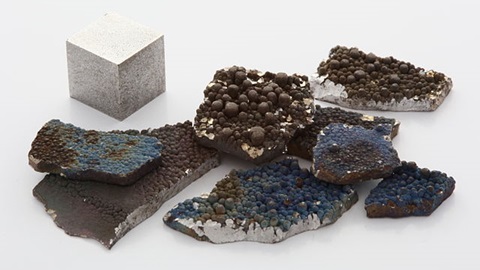A sectoral macro dive between uncertainties & promises
By Gaia Research Team.
The Gaia Research Team specializes in sustainable mining investments, focusing on responsible resource extraction. Committed to transparency and innovation, the Team aims to transform the mining sector into a more sustainable industry that benefits both the economy and the planet while addressing the huge supply and demand gap for critical minerals.
Introduction - The Abyss in Question
Deep-sea mining refers to the extraction of mineral resources from ocean floors at depths exceeding 4,000 meters. Three types of deposits are of particular interest: (1) polymetallic nodules, concretions rich in nickel, cobalt, copper, and manganese scattered across abyssal plains like the Clarion-Clipperton Zone in the Pacific; (2) polymetallic sulfides from active or extinct hydrothermal vents (laden with copper, zinc, gold, silver, etc.); and (3) cobalt-rich crusts covering certain seamounts. These abyssal deposits represent immense potential: the Clarion-Clipperton Zone alone is estimated to contain over 21 billion tons of nodules, sufficient to supply the battery and energy transition industries for decades.
Why such enthusiasm? On one hand, the rush for these underwater minerals is driven by the quest for critical metals essential for electric vehicles and renewable energies (nickel, cobalt, rare earths, etc.). Industrial players see a new frontier to secure strategic raw material supplies, given the depletion or geographic concentration of certain terrestrial deposits. Additionally, the allure of technological innovation — robotic vehicles, giant pumps, collector ships — evokes a Jules Verne-like imagination, supported by significant R&D investments over the past decade.
The rest of this article is reserved for signed-in users.
Sign in or create your free account to read the full article.
Comments (0)
Sign in or create a free account to leave a comment.



